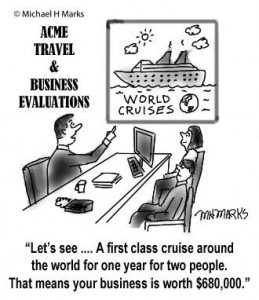
Sir Peter Mansfield, Univ. of Nottingham
It is hard to imagine the medical field without MRI scanners. One of the pioneers and inventors of MRI machines, Sir Peter Manfield passed away on February 8, 2017, in England at the age of 83.
Today, use of MRI is ubiquitous. It is used to examine injuries to bones, tissues, ligament and organs. Unlike X-rays or CT scans, there is no radiation exposure in MRI (Magnetic Resonance Imaging), as it uses a magnetic field.
Sir Peter was born in London in 1933, joining the University of Nottingham as a physics lecturer in 1964. in 2003, he shared a Nobel Prize in Physiology or Medicine with the late Professor Paul Lauterbur of the University of Urbana-Champaign. Both had worked independently of each other in developing the principles of MRI machine. Later, they both worked to use nuclear magnetic resonance (NMR) to visualize the internal structure of complex objects. Although NMR was being used by scientists for studying atomic and molecular structure since the 1940s, it was not at the time used for medical purposes. In 1976 they showed the first human NMR image of a finger complete with bone, bone marrow, nerves, and arteries. Two years later, in 1978, he produced the first prototype of the MRI machine and volunteered to be a guinea pig for getting tested. Despite warnings that the non-uniform magnetic field could cause cardiac fibrillation, Sir Peter was confident that it would be safe. He became the first person to step inside the very first whole-body scanner. The scan, lasting for 50 minutes was successful. In his autobiography, The Long Road to Stockholm: The Story of M.R.I, he wrote that “I got out of the machine dripping like a wet rag.”
The name of the technology for medical uses was renamed to a friendlier name of MRI, removing reference of “nuclear” from the original name, NMR. Sir Peter continued his work at The University of Nottingham for his entire career, retiring in 1994. He pioneered functional MRI, which enables one to study functions of living organs like brain and heart. He continued to collaborate passionately with colleagues at the Sir Peter Mansfield Imaging Centre at The University of Nottingham.
Sir Peter continued his work at The University of Nottingham for his entire career, retiring in 1994. He pioneered functional MRI, which enables one to study functions of living organs like brain and heart. He continued to collaborate passionately with colleagues at the Sir Peter Mansfield Imaging Centre at The University of Nottingham.
One side note on the Nobel Prize with Sir Professor Paul Lauterbur – Although three scientists could share the prize, Dr. Raymond V. Damadian was denied that honor. Dr. Damadian had the first patent and original contributions in the field. Dr. Lauterbur, in his paper in Nature that showed the first MRI images, had publicly acknowledged Dr. Damadian as his inspiration. Dr. Damadian made the first MRI machine in 1977 named Indomitable, which produced the first images of a human subject (which was his assistant Larry Minkoff). In 1978 he founded Fonar Corporation to make commercial MRI machines. Today it is the only company making stand-up MRI machines, where the patients don’t have to lie down for a scan. Dr. Damadian did receive the prestigious Bower award from the Franklin Institute in Philadelphia in 2004.

